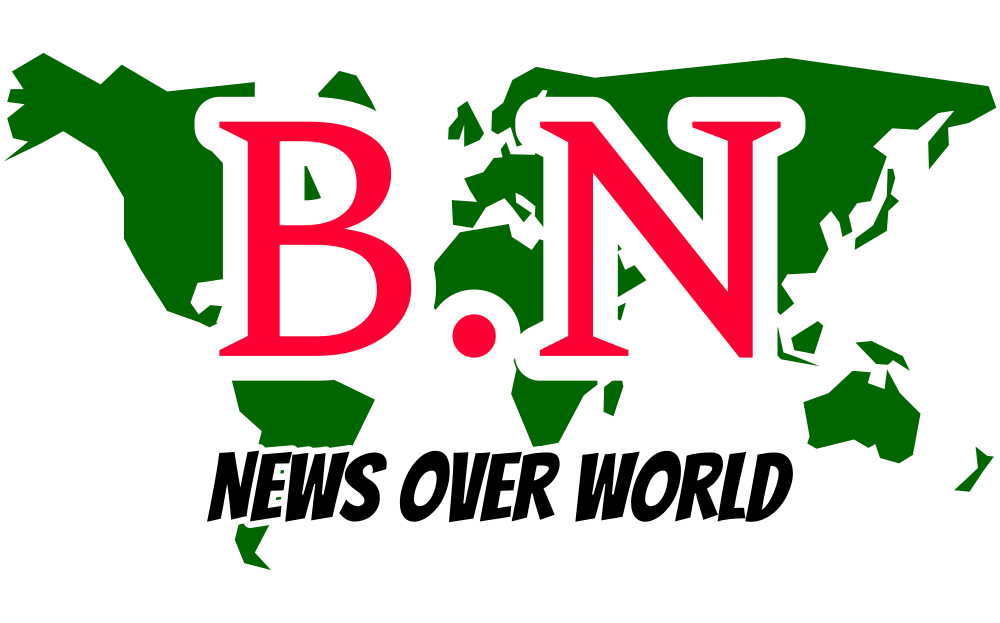Supreme Court’s Decision on Article 370
On 11 December 2023, five senior-most appointed authorities of the Supreme Court maintained the Association government’s activity to revoke Article 370, which allowed unique status to Jammu and Kashmir (J&K). The Court additionally wouldn’t remark on the lawfulness of the revamping of J&K state into two Association Domains: Jammu and Kashmir and Ladakh.

Read More About Article 370 in Full Detail
Boss Equity D.Y. Chandrachud for the benefit of himself, Judges B.R. Gavai and Surya Kant, composed 352 pages of the 476-page judgment. Equity S.K. Kaul composed 121 pages and Equity Sanjiv Khanna composed an agreeing judgment of three pages.
CJI Chandrachud depended unequivocally on a declaration by Yuvraj Karan Singh on 25 November 1949, the day preceding India’s Constitution was embraced. The announcement expressed that the arrangements of the Indian Constitution would administer the connection between the J&K and India. This, the Boss noted, discredited two conditions of the Instrument of Promotion (IoA). Section 7 of the IoA expressed that the IoA was not an image of acknowledgment of “any future Constitution of India” and Passage 8 expressed that the IoA wouldn’t influence the sway of the Maharaja.
That’s what the Yuvraj’s declaration said: “The arrangements of the said Constitution will, as from the date of its beginning, supplant and revoke any remaining sacred arrangements conflicting therewith which are at present in force in this State.”
Further, CJI Chandrachud stated that there is a lot of proof in Article 370 and the J&K Constitution to show that a consolidation understanding was excessive for Kashmir to give up its sway. Article 370(1) applied Article 1 of the Constitution (where J&K was recorded as a Section III State) without any changes. Segment 3 of the J&K Constitution unequivocally expresses that “the Province of Jammu and Kashmir is and will be a basic piece of the Association of India.” Area 147 denied any revisions to Segment 3, further making the arrangement outright. Thusly, the Constitution of India, he said, “turned into the preeminent overseeing report of the land.” Further, the Prelude to the J&K Constitution shows a “unmistakable shortfall of… a reference to sway.”
The Boss additionally contradicted the applicants’ contention that the independence appreciated by J&K was unmistakable from different states. In uneven federalism, one state might partake in a more noteworthy level of independence than another. This doesn’t imply that it has an alternate sort of independence. That’s what he cautioned assuming the Court held that J&K partakes in a raised sort of power, it would intend that “different states which had unique courses of action with the Association additionally had sway.”
justice Kaul contrasted on the topic of sway. He held that according to the Court’s choice in Prem Nath Kaul v Association of India (1959), J&K had held some piece of its sway. Article 370, he said, perceived J&K’s interior power by perceiving the Constituent Get together of the state.
Justice Khanna agreed with Equity Kaul’s thinking.7
Article 370 is a temporary provision
In the first place, the Boss depended on how the Constitution composers set Article 370 with the brief and momentary arrangements contained To some extent XXI. Then, he brought up that the IoA made it “crystal clear” that Article 1 which expressed that “India that is Bharat will be an Association of States” applied completely to J&K. At the point when the Constitution was embraced on 26 January 1950, J&K was a Section B State. CJI Chandrachud composed that with the presentation of the Seventh Timetable, the qualification between Section A, B and C states was wrecked, making J&K a fundamental piece of India.
Solicitors had likewise contended that Article 370 was not at all permanent while the Constituent Get together of J&K existed. As the individuals decided to hold the arrangement, it rose above to permanency, with the main power that might have repealed it having disintegrated. CJI Chandrachud held that the words “suggestion of the Constituent Gathering… will be essential” ought to be guessed with the verifiable setting in thoughts, as it demonstrates that this was just a “confirmation process as chosen by the Service of States.” The proposal, he said, isn’t restricting on the President.
Further, the Boss held that the arrangement was acquainted with “manage the extraordinary conditions in the State.” At the hour of the disintegration of the Constituent Gathering, these exceptional conditions endured, requiring the continuation of Article 370.
The Central Equity additionally held that the disintegration of the Constituent Gathering couldn’t restrict the powers of the President to annul Article 370. The President’s power, he made sense of, was just restricted under Article 370(1), which implied that they proved unable “roll out revolutionary improvements to the arrangements of the Constitution of India as it applies to Jammu and Kashmir.” On the off chance that the President practices his power under 370(3) to revoke the arrangement, no such limit under 370(1) would get by, all arrangements of the Constitution of India would apply to J&K, and coordination would be finished. “Holding that the power under Article 370(3) can’t be practiced after the disintegration of the Constituent Gathering would prompt freezing of the incorporation in opposition to the reason for presenting the arrangement,” CJI Chandrachud composed.
Sacred legitimacy of announcements subject to the President’s Authority
CJI Chandrachud originally explained that the Court wouldn’t manage the President’s powers to conjure the President’s Standard under Article 356, as the center test related to “moves made during the resource of President’s Standard and not autonomously to President’s Standard without anyone else.” He then managed the solicitors’ case that the President can’t utilize their powers under Article 356 to “take unavoidable choices” and “disrupt established shields for States.”
